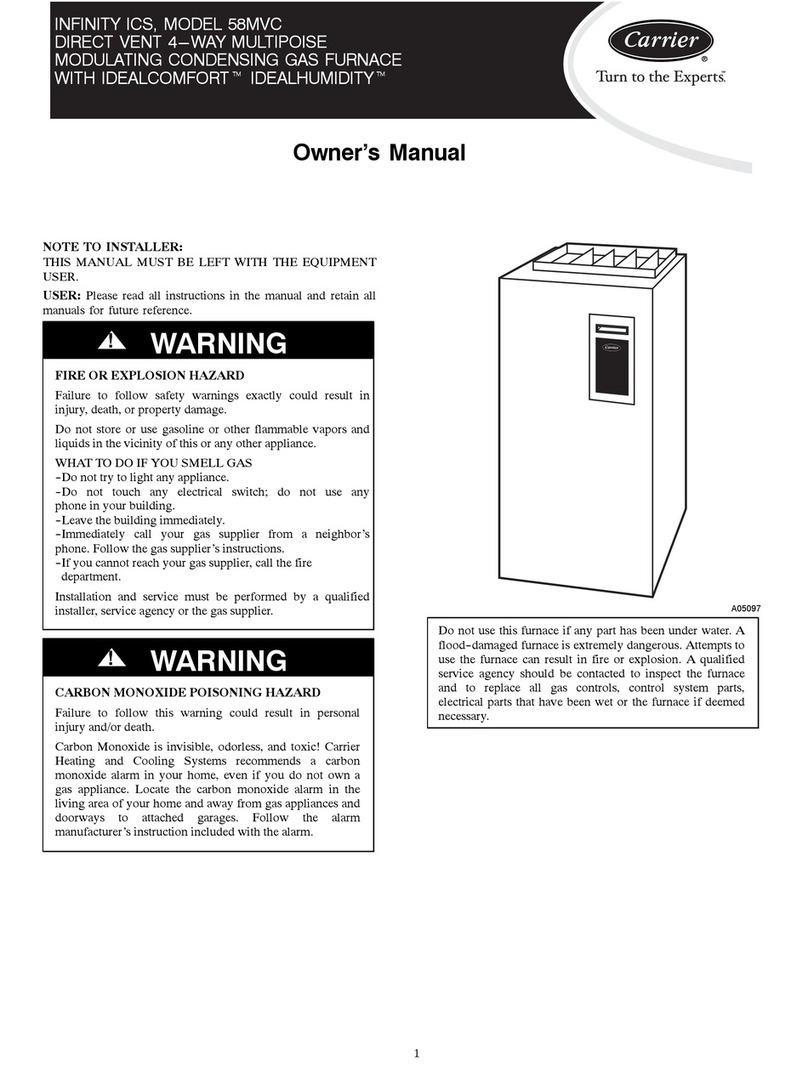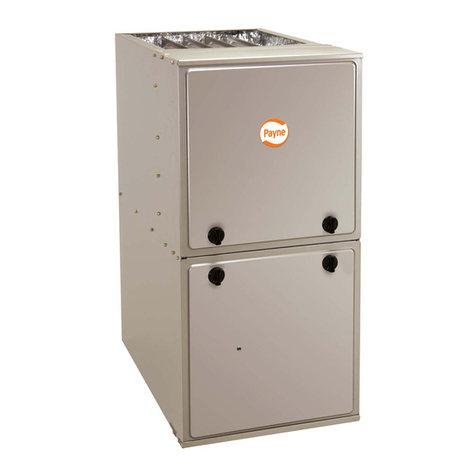Carrier FURNACE 58MVC User manual
Other Carrier Furnace manuals

Carrier
Carrier 58DLA Guide
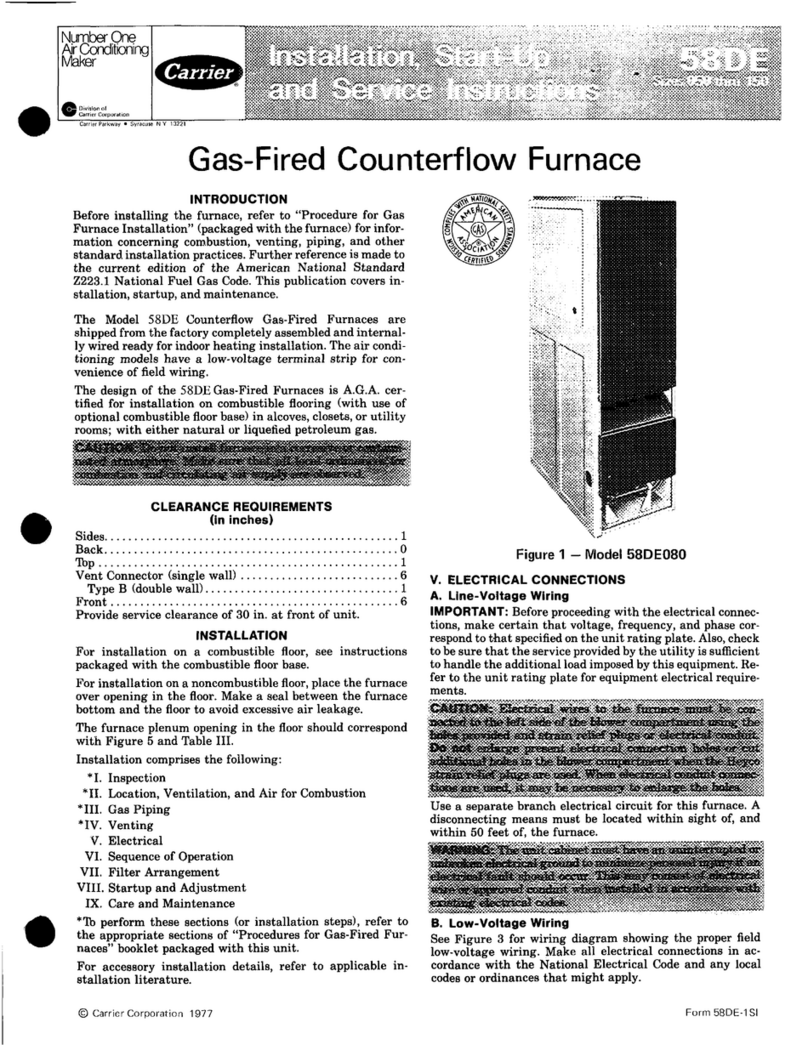
Carrier
Carrier 58DE Dimensions and installation guide

Carrier
Carrier 58DP User manual

Carrier
Carrier 58SP0A Operation manual

Carrier
Carrier INDUCED COMBUSTION FURNACES 58GFA Installation and user guide

Carrier
Carrier 58HDX User manual

Carrier
Carrier 58SG Dimensions and installation guide

Carrier
Carrier 58MXA 170 Series Instructions and recipes
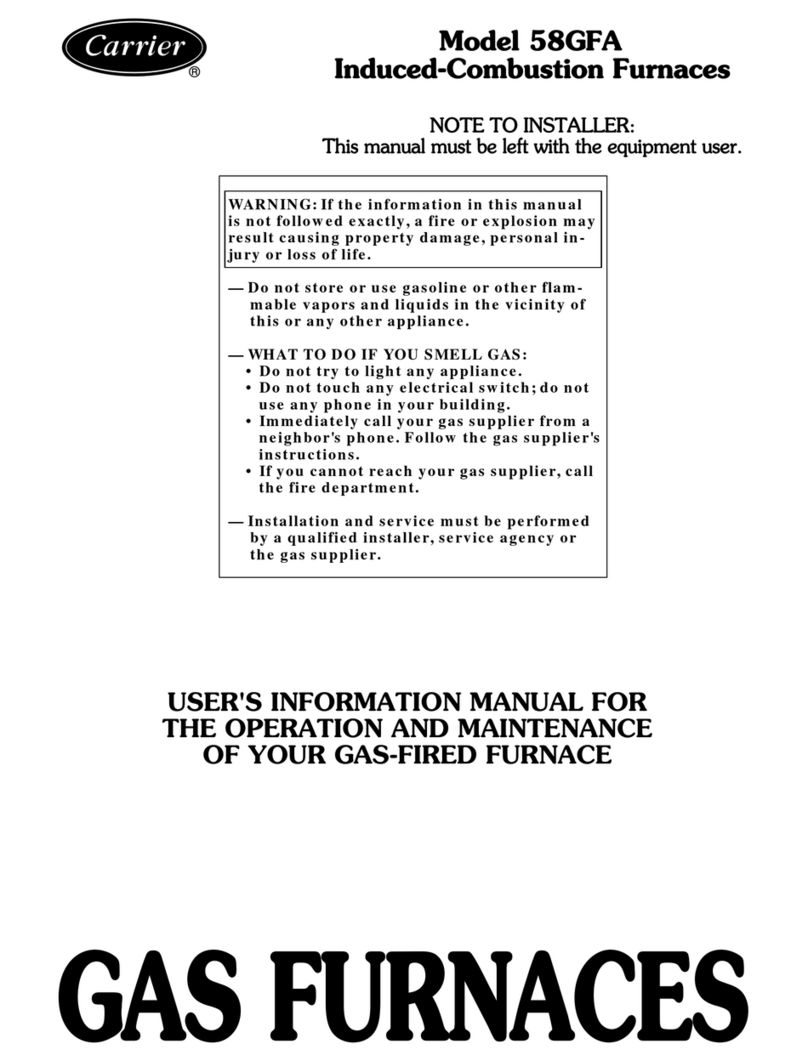
Carrier
Carrier INDUCED COMBUSTION FURNACES 58GFA Guide
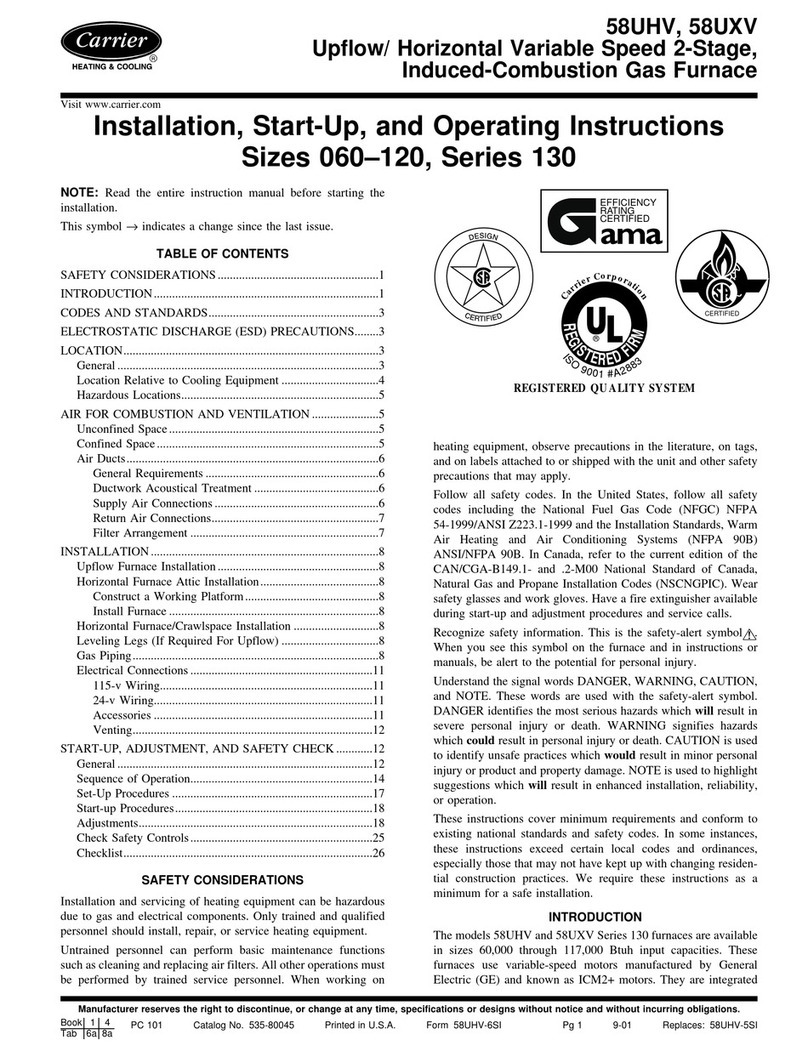
Carrier
Carrier 130 Series Instructions and recipes
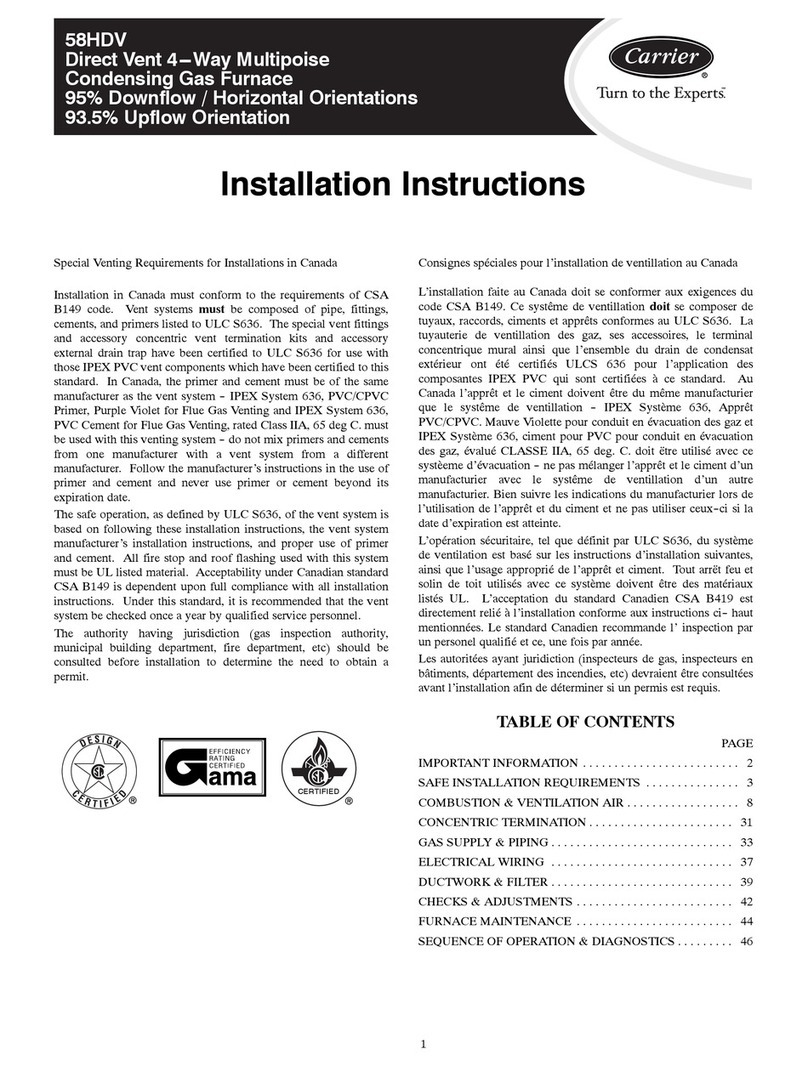
Carrier
Carrier DIRECT VENT 4 58HDV User manual
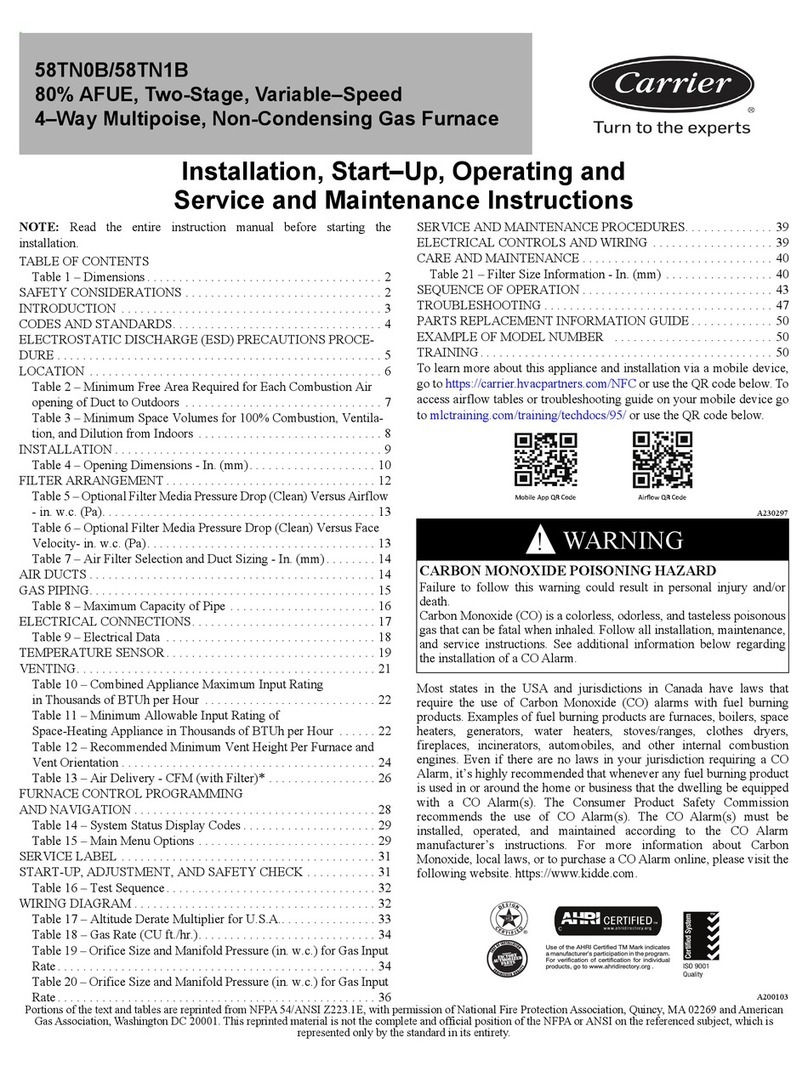
Carrier
Carrier 58TN0B User manual

Carrier
Carrier DELUXE 58DXC User manual

Carrier
Carrier 58ST Guide
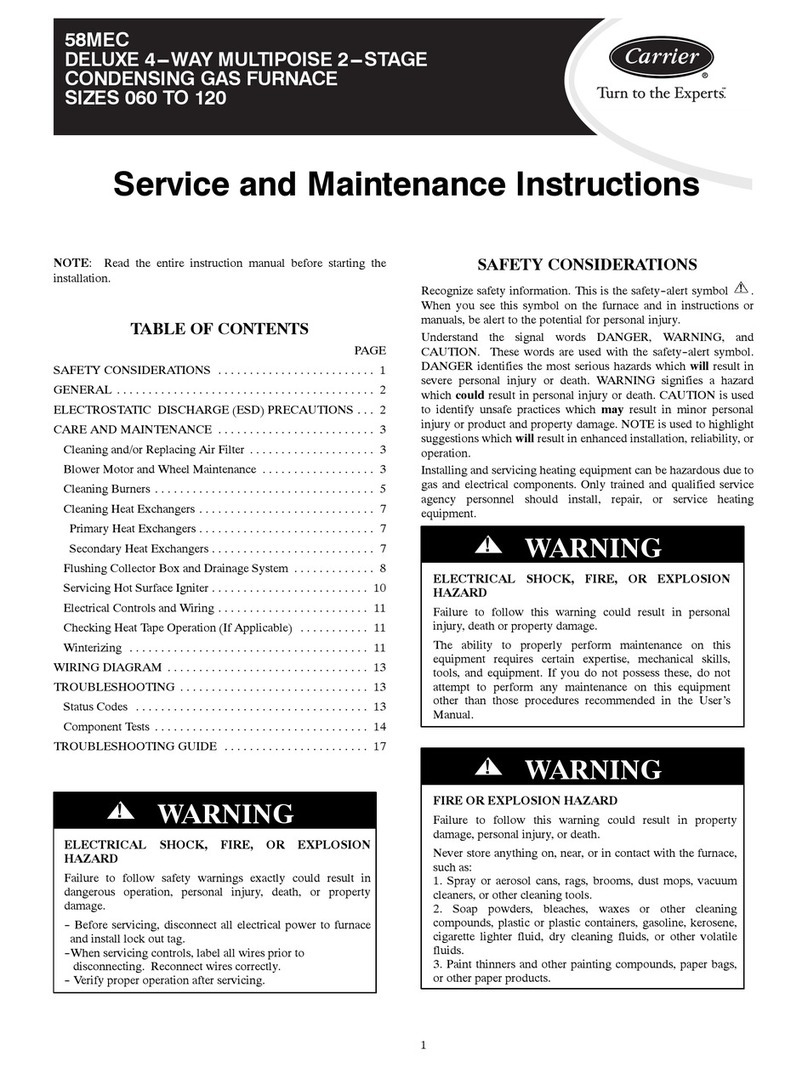
Carrier
Carrier 58MEC Installation and user guide
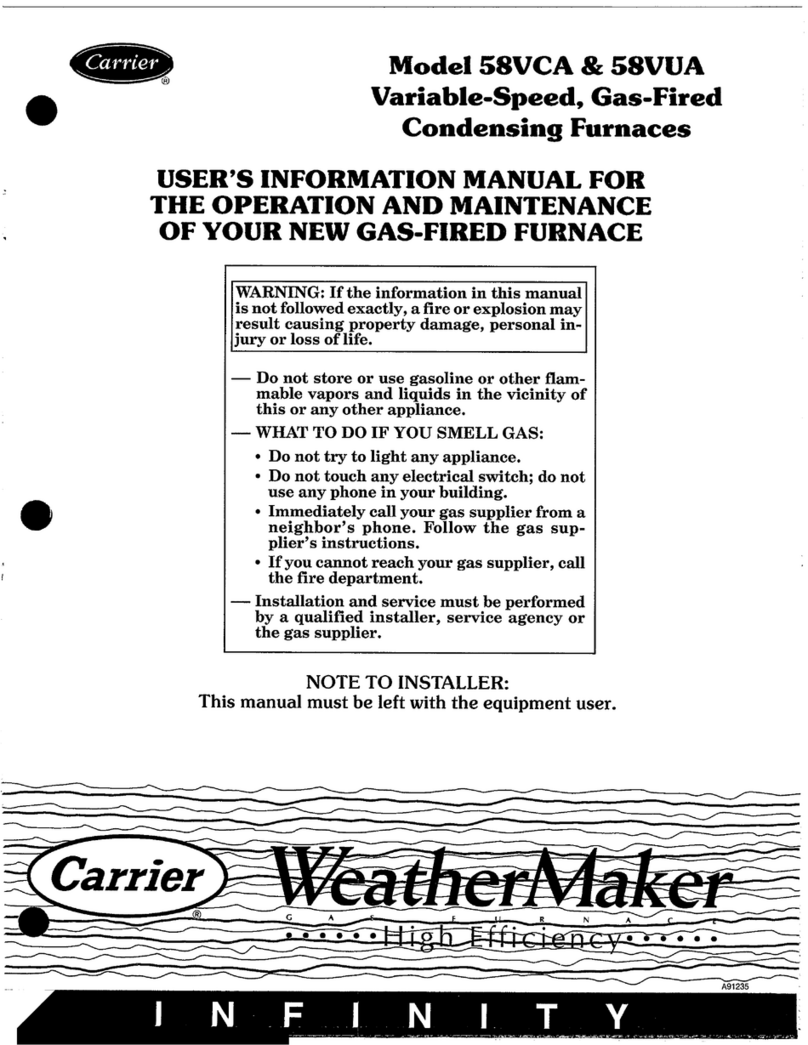
Carrier
Carrier WEATHER MARKER 58VCA Guide
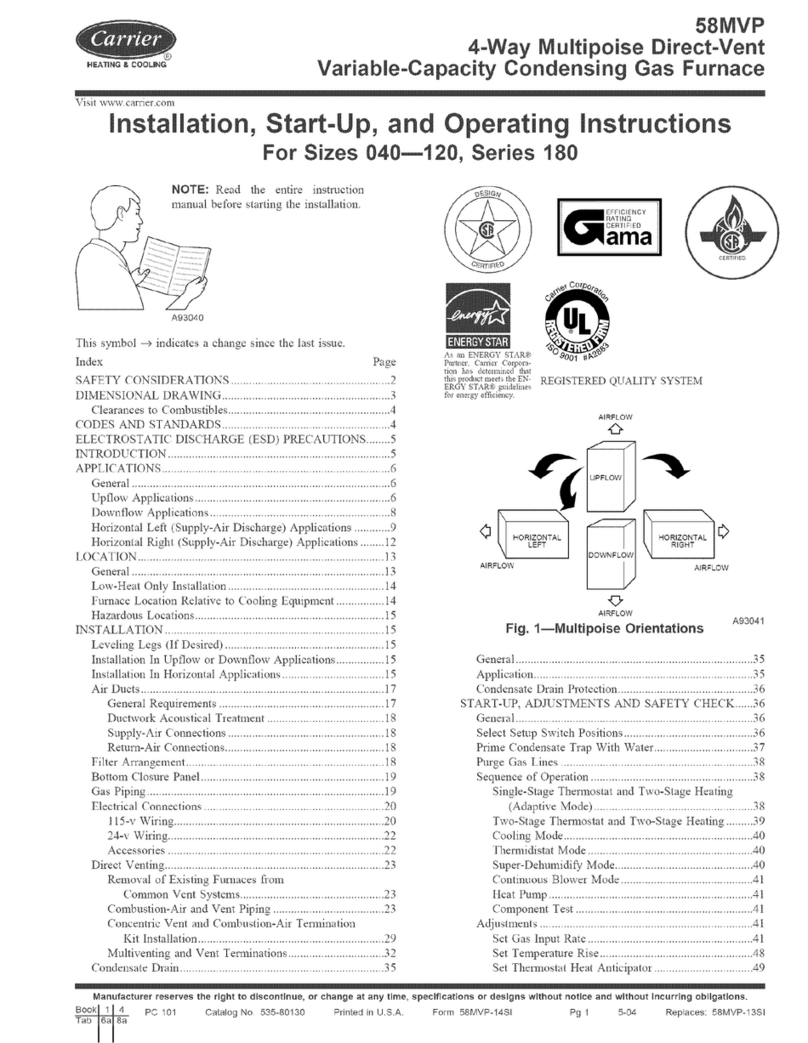
Carrier
Carrier GAS FURNACE 58MVP Instructions and recipes
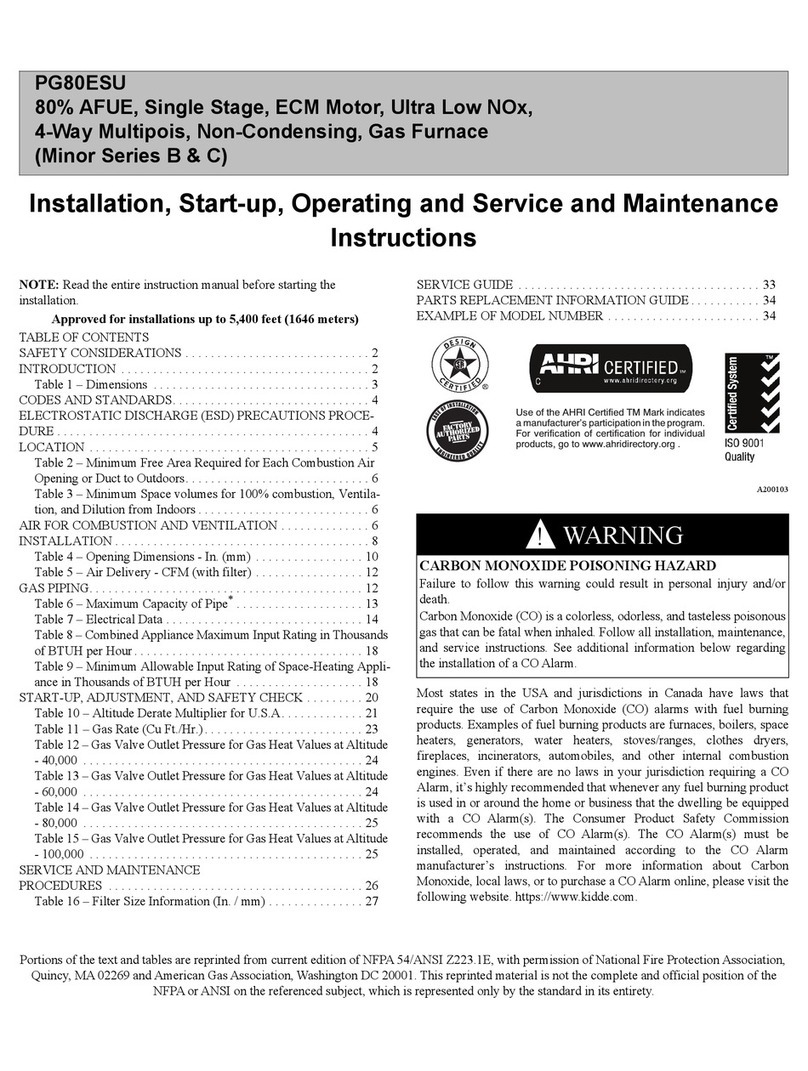
Carrier
Carrier PG80ESU Guide
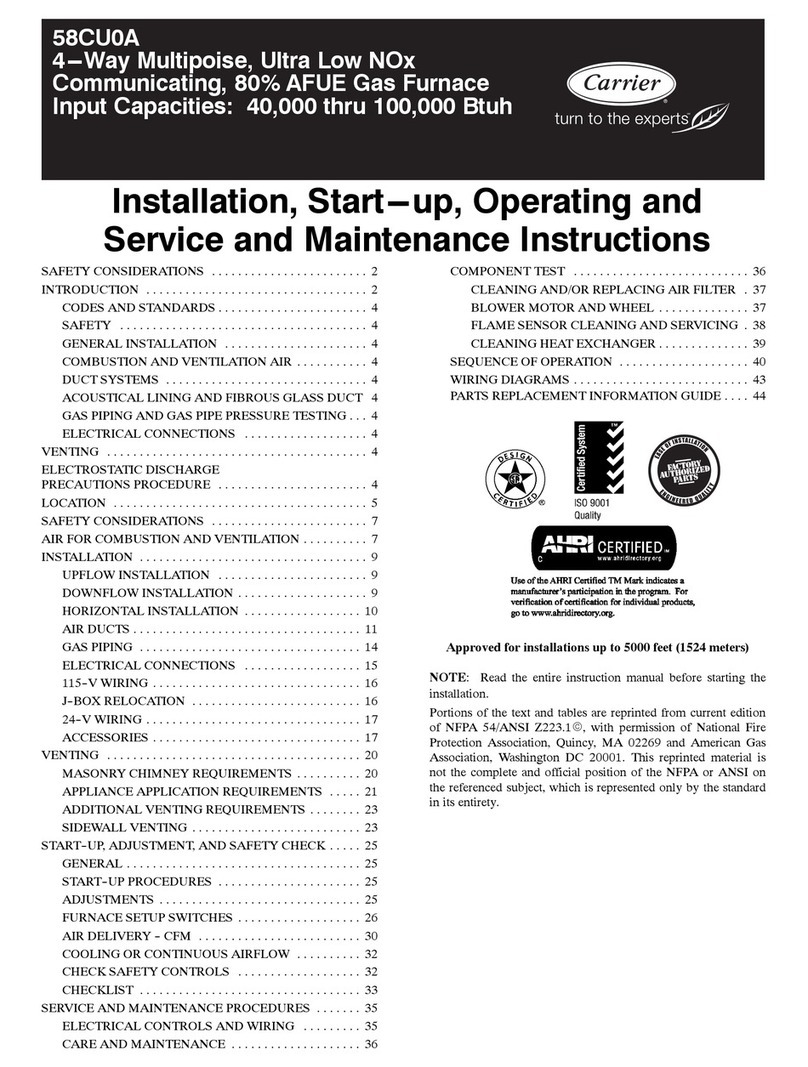
Carrier
Carrier 58CU0A Series Guide
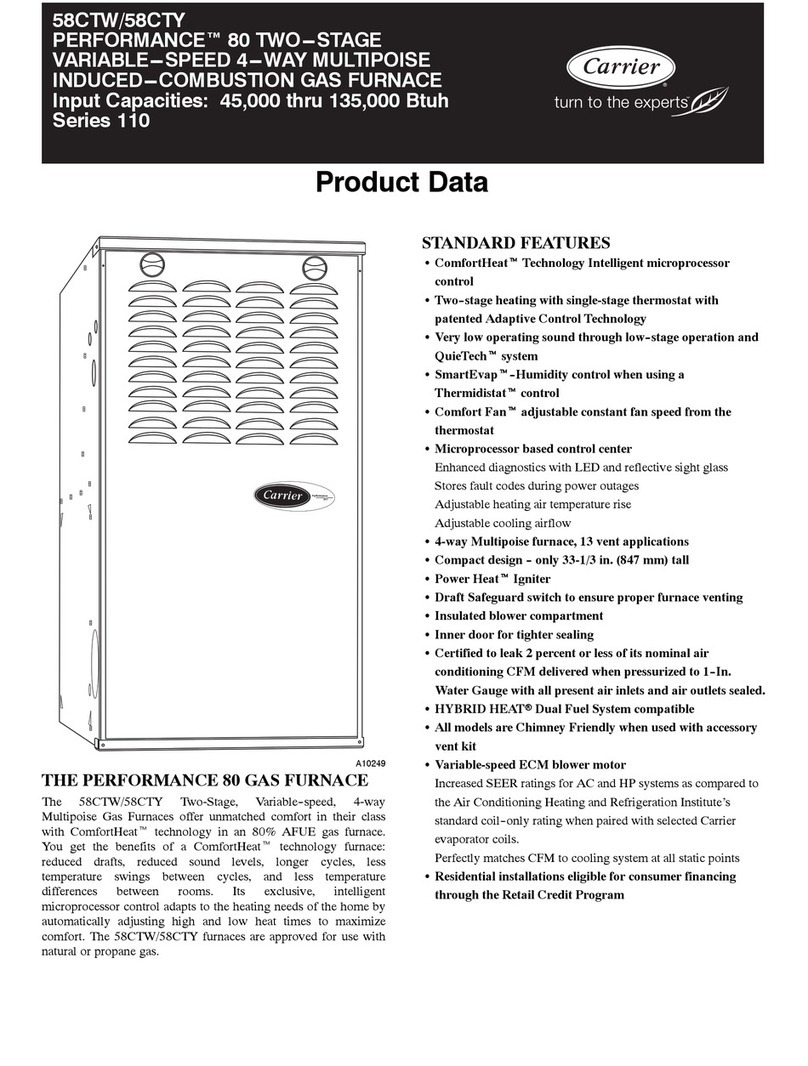
Carrier
Carrier 58CTW Operation manual
Popular Furnace manuals by other brands
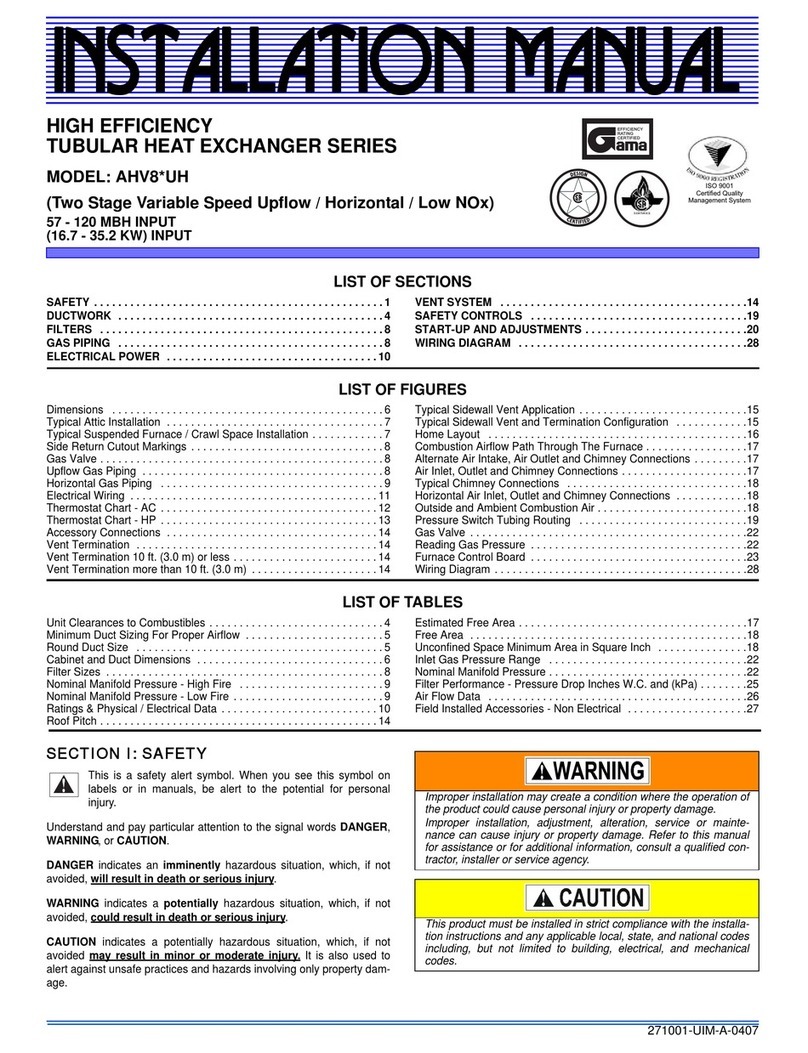
Unitary products group
Unitary products group AHV8 UH installation manual

VERDER
VERDER CARBOLITE GERO RHF 14/8 Installation, operation and maintenance instructions
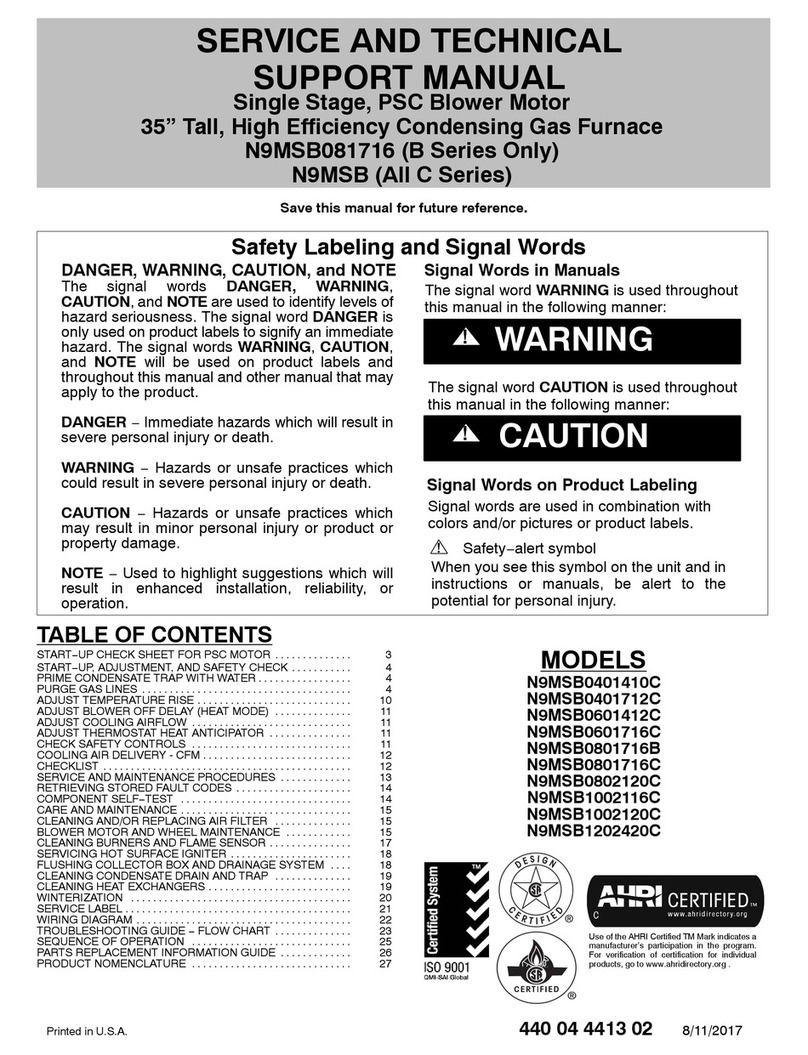
Tempstar
Tempstar B Series Service and technical support manual

Armstrong
Armstrong EG7H SERIES Installation and maintenance instructions
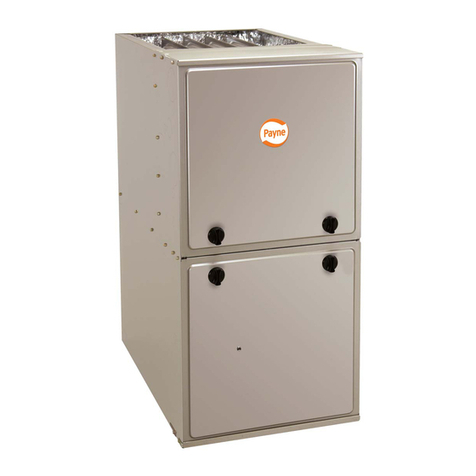
Payne
Payne PG92ESA Installation, start-up, operating and service and maintenance instructions
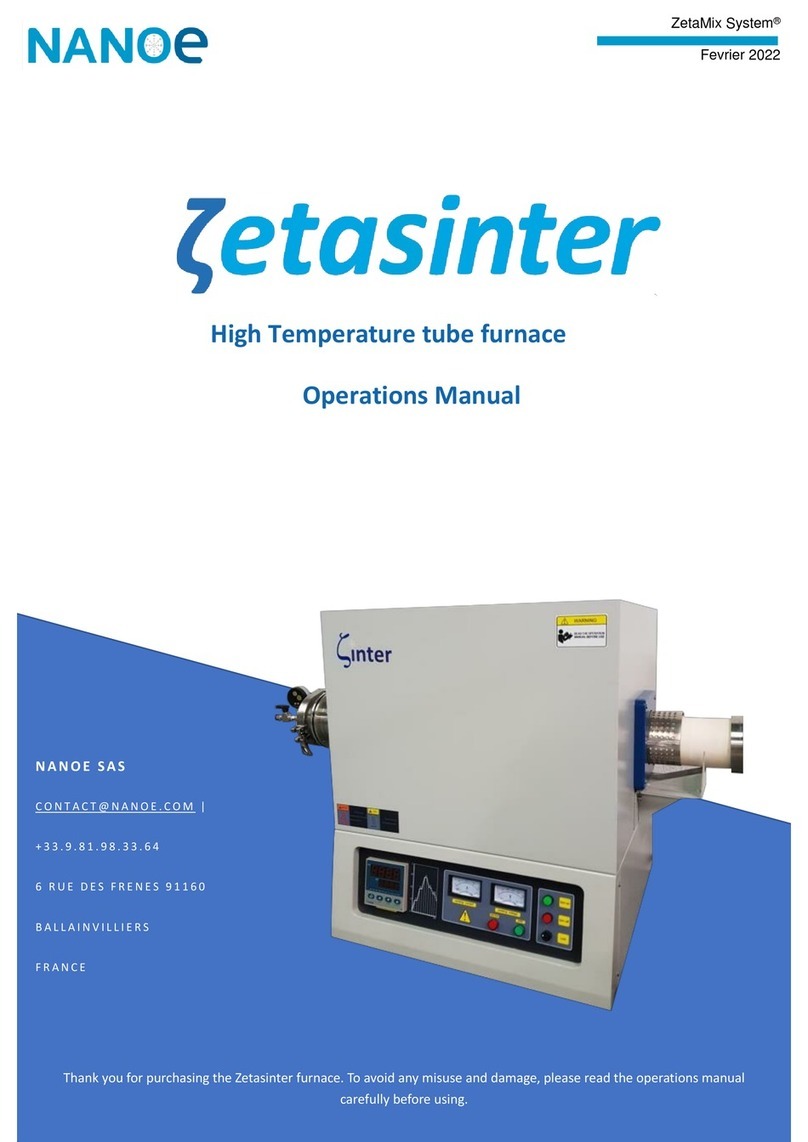
NANOE
NANOE Zetasinter Operation manual

SUPREME
SUPREME FEM10-M2301CM-A Installation instructions and homeowner's manual

Johnson Controls
Johnson Controls TM9T User's information manual
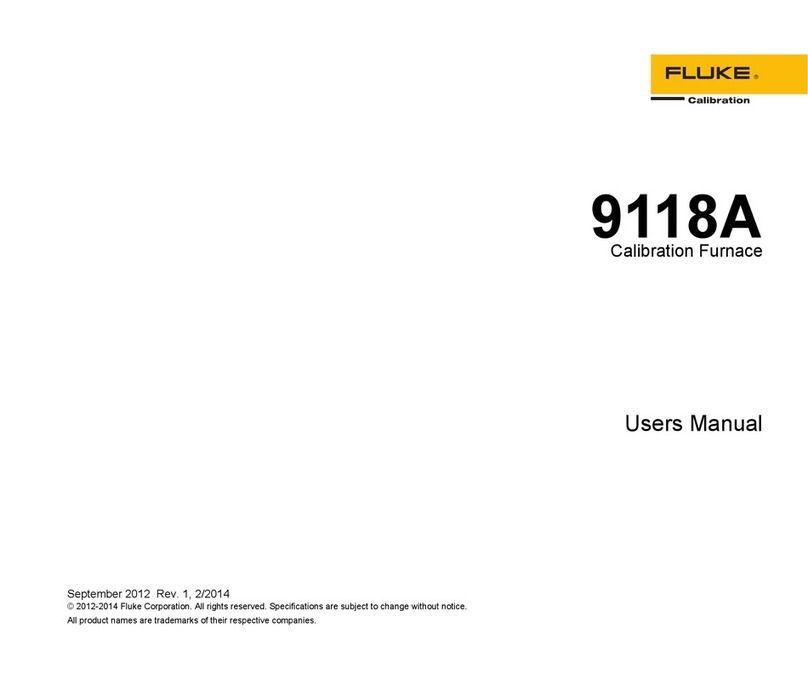
Fluke
Fluke 9118A user manual

Lennox
Lennox EL195UHE Elite Series Unit information

Intertherm
Intertherm M7RL Series user manual
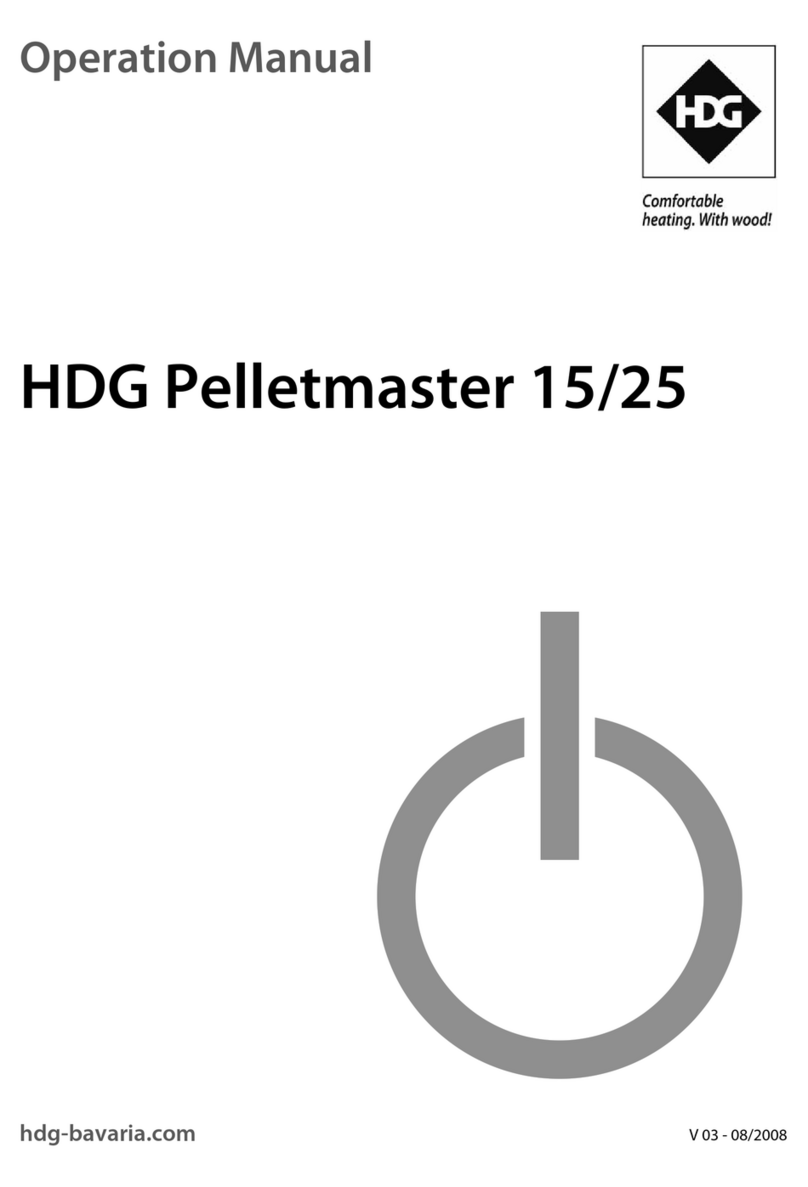
HDG
HDG Pelletmaster 15 Operation manual
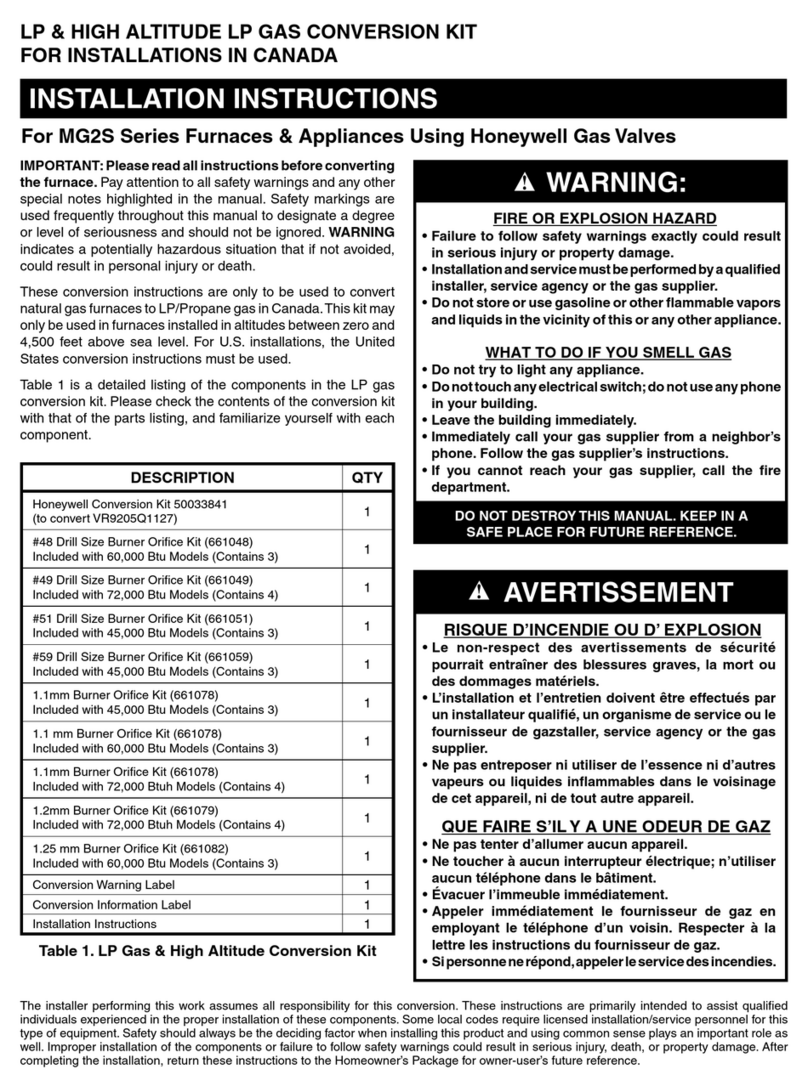
Nortek
Nortek MG2S Series installation instructions
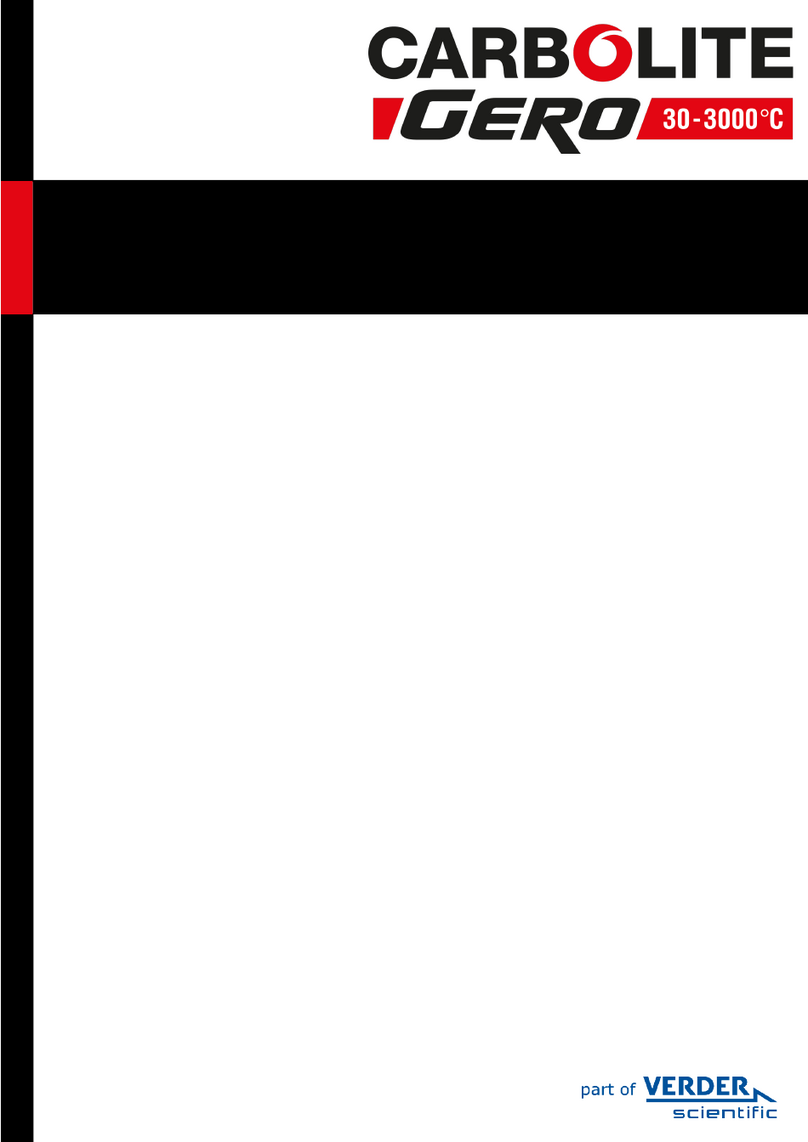
VERDER
VERDER CARBOLITE GERO ABF 8/28 Installation, operation and maintenance instructions

Goodman
Goodman GMV9 Installation & operating instructions

SUPREME
SUPREME SUP10-M2301C Installation instructions and homeowner's manual

Dettson
Dettson AMT400B34-SM1PMA Installation instructions and homeowner's manual

Evcon
Evcon DGD 60 MBH installation instructions
